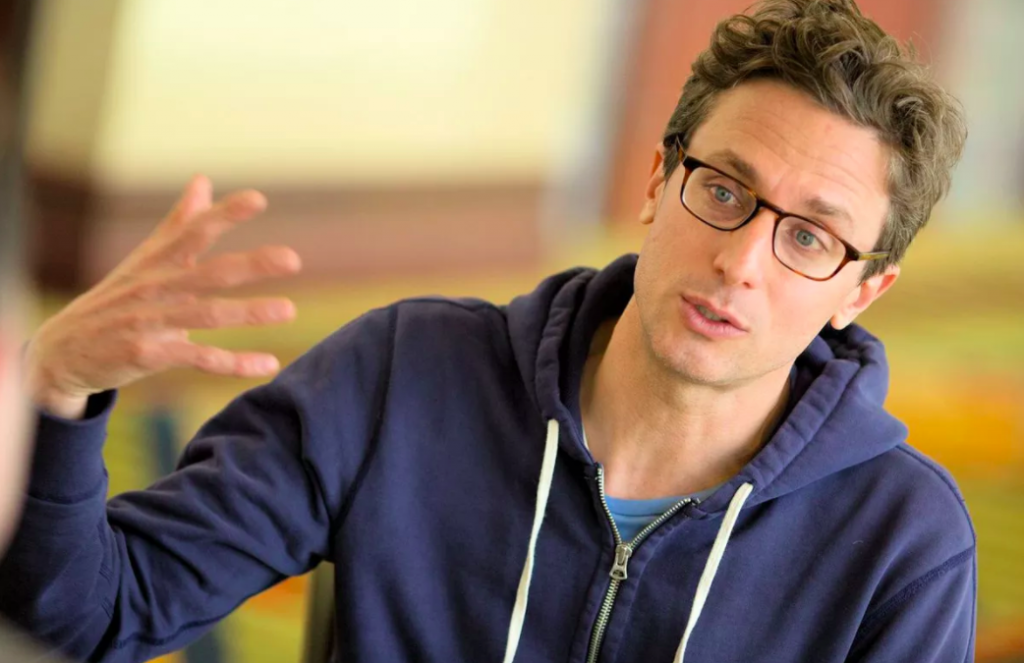
Libre, or LBR, also works a digital currency and can be distributed among journalists or outlets as subscribers see fit.
One of the problems with the subscription model in journalism is that news consumers who choose to subscribe to an outlet — or outlets, depending on their budget — know full well that their choice is not the only outlet from which they will be getting their news.
Let’s say I can only afford to pay around $5 a month for a subscription and the New York Times happens to be one of my favorite news sources. Hmm, perfect! I can get a basic digital NYT subscription for $1 a week — with the student discount.
Although I would feel good about supporting at least one news organization, I know I would be getting a lot of my news, or maybe most of it, from other sources, including two or three news outlets in New Jersey, several magazines and national newspapers and a whole variety of outlets I may find on Twitter or elsewhere.
What if there was a system for me to distribute my $5 through multiple news organizations?
Well, that is exactly what Brazil’s chapter of Open Knowledge International is trying to do with Libre, a technology created to facilitate small financial contributions to digital news outlets. And it allows consumers to do so by the click of a button, essentially “liking” different news stories or organizations as they see fit. The microfinancing technology, which is in beta testing, also aims to foster a closer relationship between individual journalists and their audience.
The donation button appears on editorial pages of participating news sites and invites readers to click, just like the social media buttons invite readers to share the content. To donate, readers must register on Libre’s website and choose a monthly plan, which ranges from about R$20 to R$500 (about $6 to $157), according to the Knight Center for Journalism in the Americas.
Subscribers then allocate their money in “Libres,” or LBR, the platform’s digital currency (not to be confused with cryptocurrency; this is not on a blockchain). Each Libre is worth R$1 (about $0.31). If readers don’t distribute all of their monthly finds, the balance is split evenly among the organizations or writers that they “liked.”
“We believe that Libre offers a particularly simple and direct solution to sample the audience and the relevance they attribute to content. It’s an intuitive, familiar kind of interface in this timeline environment and post-to-post information consumption,” the platform founders told the Knight Center in a statement in September.
The group includes Bruno Torturra, of journalism studio Fluxo, Thiago Rondon from AppCivico and Ariel Kogan of Open Knowledge Brasil.
The outlets currently testing Libre on their websites are all fairly new. They include Aos Fatos, a fact-checking agency; Gastrolândia, a gastronomy news site; and Gênero e Número, a data-driven news magazine focused on gender equality stories.

Libre’s contribution button (seen on the bottom right of this screenshot) is displayed near the social media buttons of every editorial page on Gastrolândia’s website.
The beauty of this system, in my opinion, is that it puts power in the hands of the subscriber, allowing them to support journalism from organizations they might otherwise never do if they’re only able to subscribe to one outlet at a time. Even if it seems like a very small donation, or a tip, the more people who subscribe and start using the tool, the more support participating news outlets will have.
In addition, this mechanism would hopefully encourage and help finance quality journalism, assuming that Libre subscribers would donate to journalists and organizations that produce important and high-quality content, not those dedicated to click-bait posts, for instance.
It is also a crucial time to support independent journalism in Brazil, where the press is going through a serious financial and credibility crisis. But at the same time, as Libre states on its website, there have never been as many media outlets and initiatives exploring the possibilities of network journalism.
I learned about Libre after reading about Festival 3i, an event featuring innovative, inspiring and independent journalism initiatives that took place in Rio de Janeiro this month. The festival and all the ideas that were presented are absolutely encouraging and I hope to write about some of those other initiatives in the days and weeks to come. And I’ll definitely keep an idea on Libre, which I really hope goes mainstream.

